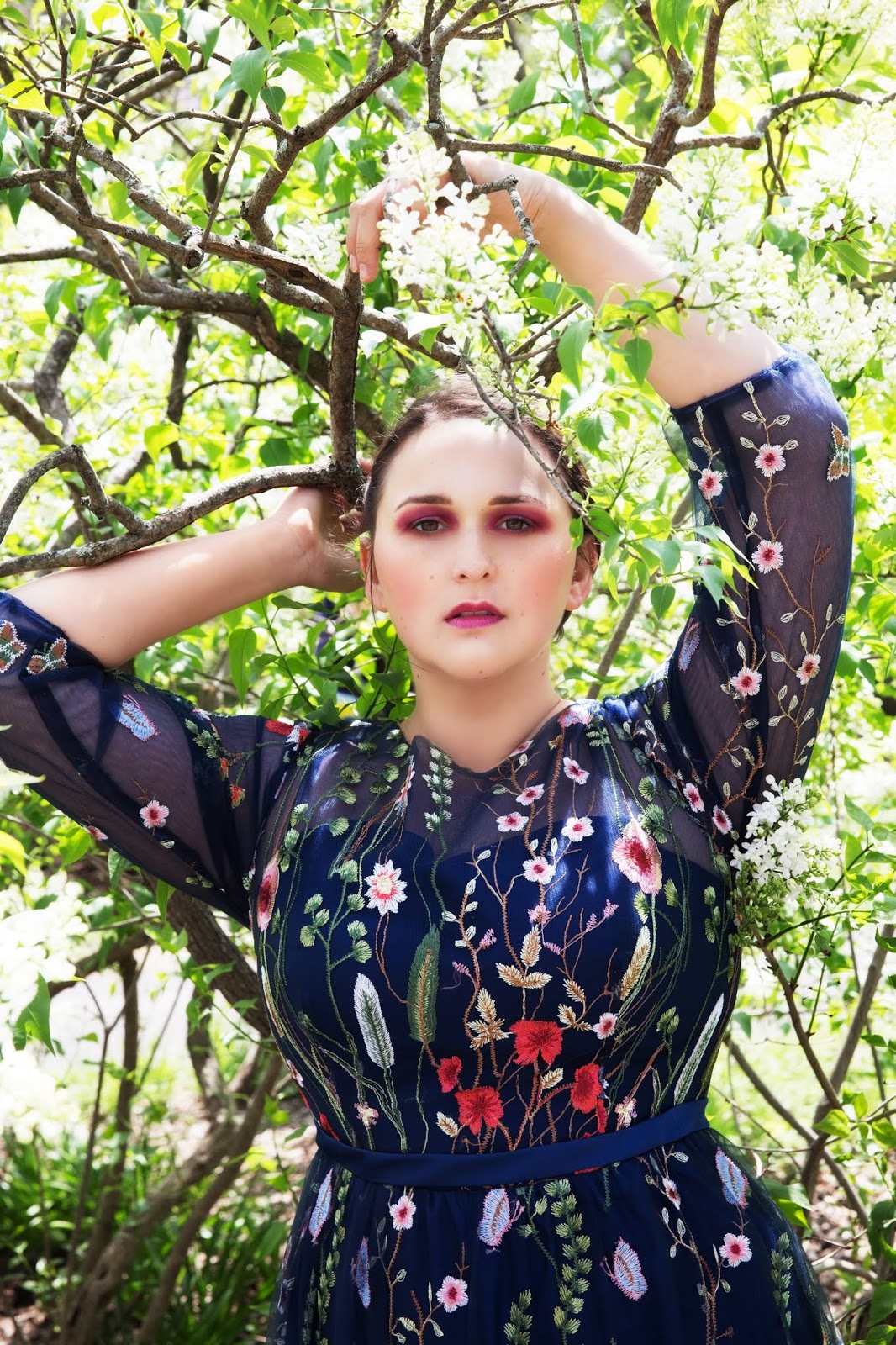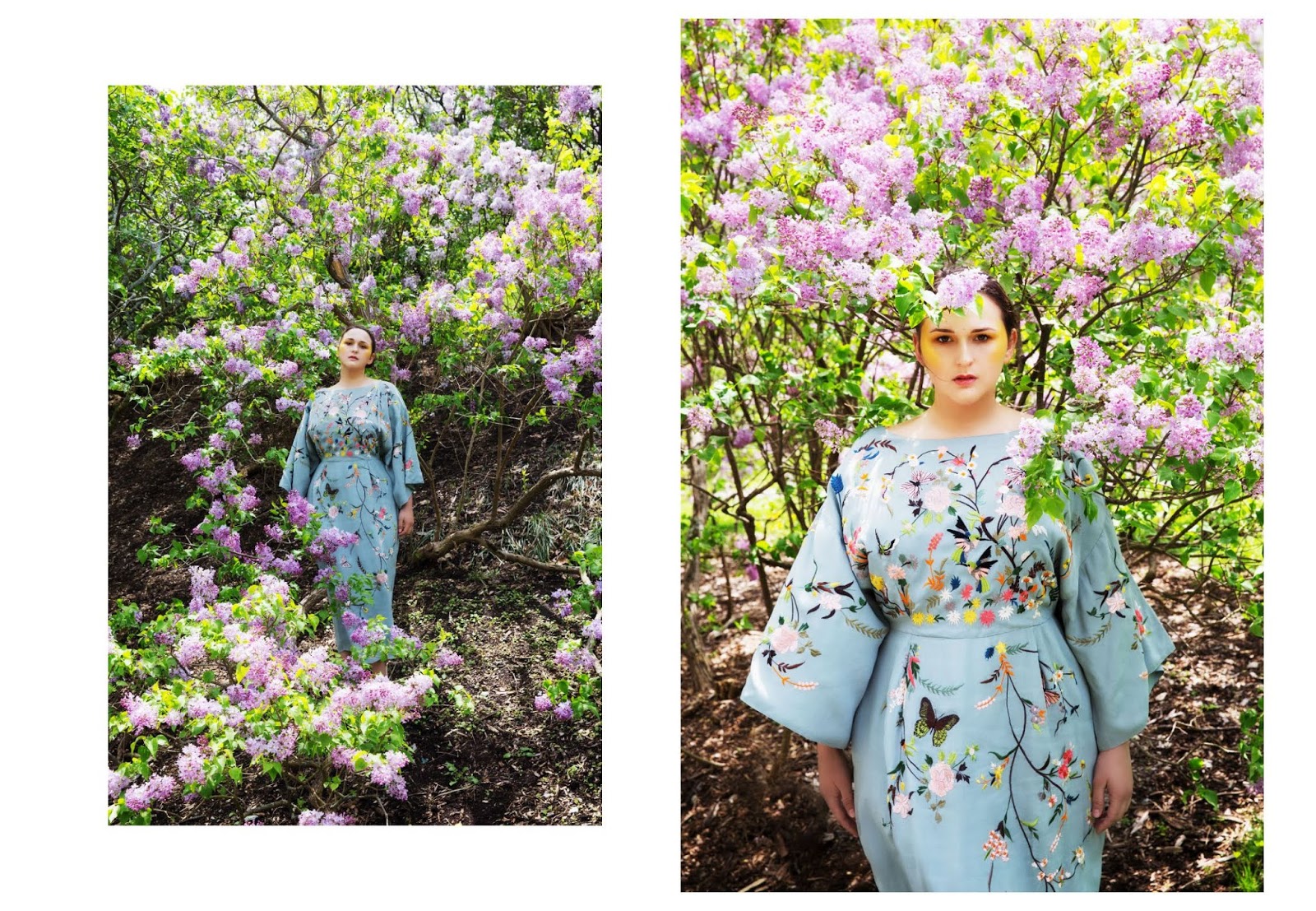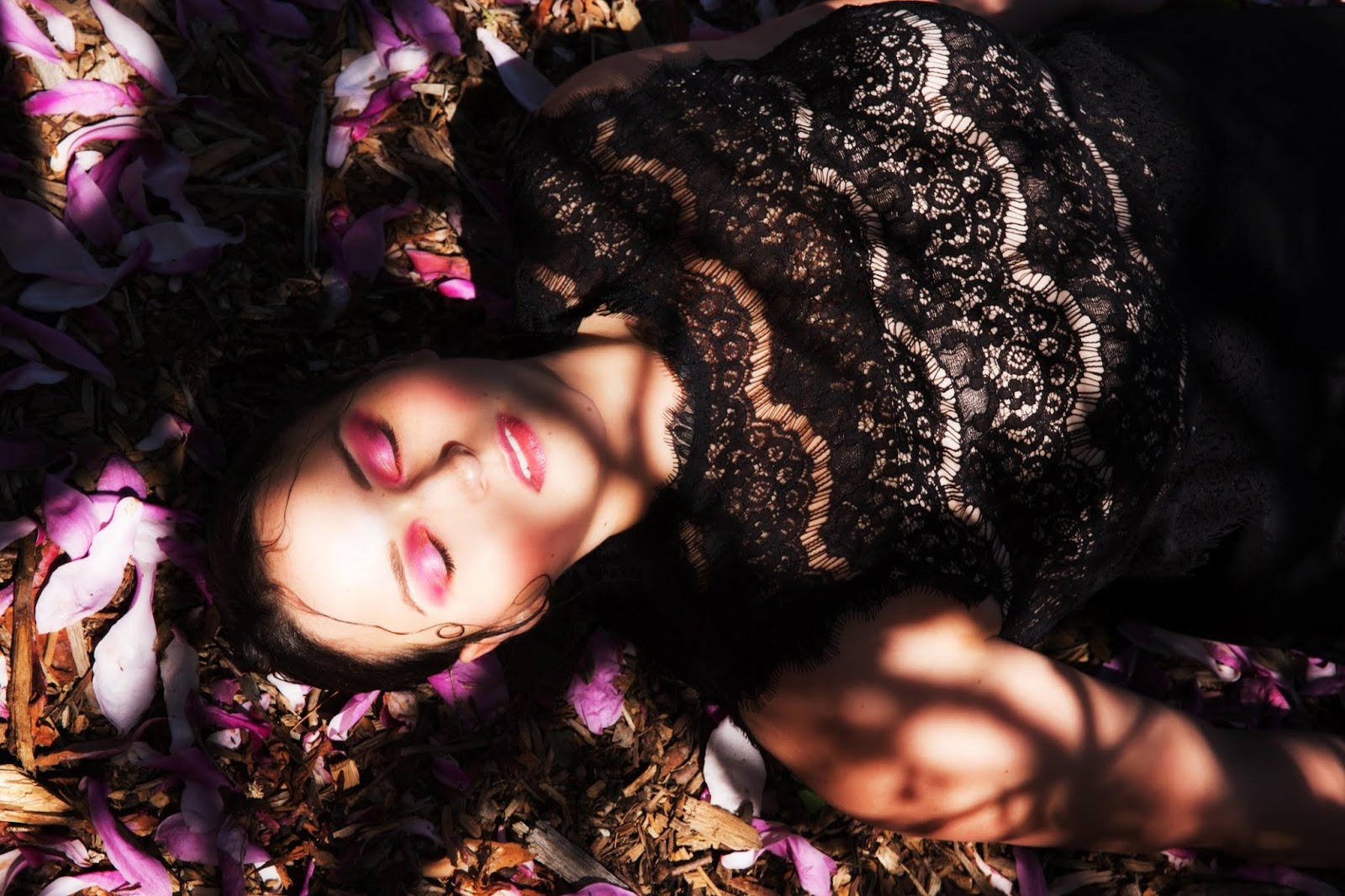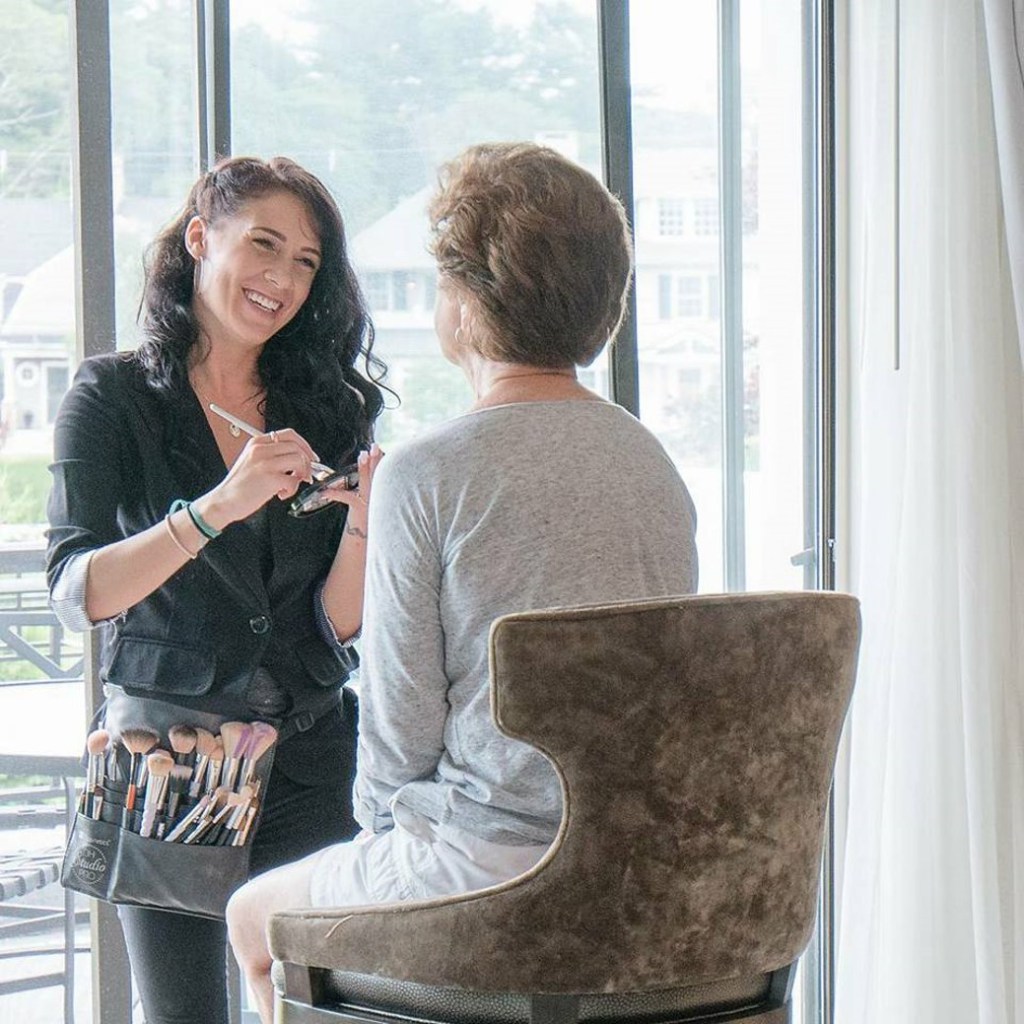https://www.thedoeonline.com/aliona-sabrina-and-rachael-women-with-perspective/
06 Oct Aliona, Sabrina & Rachael | Women With Perspective
Posted at 09:30h in Interviews, Visionnaire by The Doe Online
0Likes
Women are changing the face of the industry, literally with shaping the culture on what is acceptable and not. The modeling industry has long been an enabler of the “skinny model’ look with no recourse for chartering a promising future for anyone more than size 4. As we know that has slowly started to catch the gaze of many celebrities and fashion photographers and designers have also started to follow suit, casting normally-sized women down the runway during various fashion weeks. Boston-based Photographer Aliona Kuznetsova & Model Sabrina Pearson team up along side Make-up artist Rachael Lincoln to re-define beauty and are creating great art in the process. Delve into our conversation with these women and hear how they manage their own perspectives in their work and personal lives.

Eden featured in iMirage Magazine
Aliona Kuznetsova – What it means to see.
DOE: How does your background affect your work?
Aliona: Not many people know this, but I actually hold a Masters Degree in Physics. It affects me a lot. I know in detail how light works and why. I am not afraid of complicated equipment, but on the other hand, I know that technique doesn’t make a great photograph. Many photographers think that if they would know more about cameras, lenses, and lighting, they would become genius creatives. I, on the other hand, just know all my tools and focus on [the] more important, creative side of photography. Also, obtaining my degree taught me to work hard, learn from my mistakes and stay focused on the task [at hand].

Eden featured in iMirage Magazine
D: What is your creative Mantra? Like what do you live by to stay on the cusp as a creative image maker?
A: “Perfection is achieved, not when there is nothing more to add, but when there is nothing left to take away.” – Antoine de Saint-Exupery
I always ask myself if I can show the same idea simpler, using fewer elements, but with more interaction between them. When I know it can’t be simplified [ any] further without losing a part of its expressive power, I know my work is done.

D: Who’s work inspires you to push the envelope creatively and why?
A: I can spend days analyzing [the] work of classic photographers like Helmut Newton, Peter Lindbergh or Richard Avedon. I also like Tim Walker, because I think his story-telling is to die for. But out-of-the-industry inspiration is even more important to me. In my work, you will find tributes to Gabriel Garcia Marquez, Bob Dylan, Picasso, and other artists. I also like Greek Myths and often borrow characters from them. I think that myths, being created by “collective imagination”, retold once and again, polished by removing forgettable details and emphasizing the essence, becomes more than any story from one author could be.
D: What is the best way to describe the working relationship between you as a photographer and your stylist on any given project? How important is that relationship to the success of that project?
A: Not all of my ideas involve working with a stylist. I’ve had a chance to work with a lot of excellent designers and have good relationships with them too. So for more conceptual stories, I am able to put together the outfits by myself. When I include stylist in the team it means we are going for very high fashion, very editorial looks. The best people I’ve worked with had a very clear vision of the character, attention to details [as well as] access to hot brands. They would take all the control over how the model looks and my little comments on how the light will work with particular fabric, but [maintained their] strong opinion in his or her field and trusts me totally with mine. Also, it’s very important for me to connect with the stylist at the very beginning to make sure we are telling the same story and our work will be coherent.
D: To date what do you think is your most memorable shot and why?
A: The most memorable photoshoot was my first photoshoot during a blizzard. It happened in Switzerland and we planned to go to one of the ski resorts in the Alps to work with the snow. We took this tiny car and started to move up the mountain road. As we went, the rain started and turned into snow and, [then] a bit higher in the mountains, the snow stopped melting. Nobody cleared the road of course and in some time we saw that we didn’t have full control of the car anymore. We knew it was time to come back, but the nature around was so breathtaking that I was able to convince the team to do the photoshoot right there in the mountains. We had to hurry because it was more and more snow on the road, so we had 5-10 minutes at every spot. At some point, we [had] driven past a barn and we saw a log near it. We had this really oversized pink skirt that the stylist made especially for the occasion, so we put the model on that log and did this picture:

Another picture-esq backdrop was this mountain valley filled with fog. It was cold, wet, and windy. We were in a rush, and yet the model was flawless in her performance:

he entire team was rocking that day, using extreme weather as inspiration. I think that photoshoot was the one that defined my photographic approach for a long time thereafter
D: Is there anything else you’d like to share with our audience?
A: I like to work with [a] diverse group of models. I’ve worked with adult men with research backgrounds, professional ballerinas, a woman who is in her fifties and is a cancer survivor, numerous musicians and of course fashion models too. [Despite their varying backgrounds] I like to stay within the fashion editorial genre with a bit of a fantasy aesthetic. I try to use fashion to visualize some of the aspects of their personality.
My biggest challenge [has been] the styling – it’s hard to find truly interesting clothes that are not designed for [a] size 0-2 girl of 18-23 years of age. Being plus size myself I often get upset seeing how all the new stuff is designed with a certain type of figure in mind. Sometimes it seems that the only options that work for me are from [the] 40s and 50s, you know the pencil dress with a jacket. I didn’t have this problem [when I was] living in Europe. It just seemed that people weren’t so obsessed with staying 21 for 30 years you know.
Anyway, when I saw Sabrina ( the model pictured above in floral) on Instagram I was instantly captured by how natural and feminine she is and I thought about this very colorful, rich, feminine interpretation for her beauty – sort of being beyond industry standards and embodying a raw and natural Eden theme.

Eden featured in iMirage Magazine
Sabrina Pearson – In Her Own Words.
DOE: Where are you from Originally?
Sabrina: I am originally from the Greater Boston Area but have been living throughout Maine for the last 7 years. I come from a science background and currently work as a Microbiologist. Unfortunately “art” is not a part of my everyday activities. I had been searching for my creative niche for some time, but not too many outlets seemed to click. Modeling was never something I’d thought I’d do, but I am thrilled I took the leap.
D: Give us a brief description of your career trajectory – professionally trained or not, opportunities that led to breakthroughs?
S: My first modeling experience was as a figure model for a private artist in 2016. I saw it as an exciting and daring way to express my creativity. At first, I used modeling as a way to work on my self-acceptance, but I quickly fell in love with it and never looked back! Seeing myself through someone else’s eyes has really helped adjust the way I think about myself. I’ve stopped focusing on my flaws and started appreciating my assets.
D: What do you feel ties you in personally to your work?
S: At the time of my first photo shoot, I was reading the book Shrill: Notes from a Loud Woman by writer and activist Lindy West. In the book she discusses how changing what you see through various mediums can alter your perception of what you find beautiful. Online social platforms have completely changed the game by simply allowing YOU to decide who you follow and what you see. Being plus size myself, I began following countless plus-size models, bloggers, and fashion brands on social media. It was astonishing to see so many beautiful women whose bodies I could relate to and so many clothing lines I had never even heard of that would carry my size.
D: How do you feel fashion is influenced by our culture?
S: Growing up, fashion had been so streamlined to fit this societal norm of being perfect (which required long skinny legs and a size 4 waist or smaller). For a while, I wasn’t able to go to the mall with my friends and shop for a new outfit because most stores did not carry beyond size 10-12. Not to mention, in the era of vanity sizing, there’s no standard between stores; it gets very frustrating and shameful. I appreciate that fashion and the ideal body are changing to be more size and shape inclusive, but we still have a lot to accomplish for plus size to be normalized in fashion, specifically editorials.
D: Who’s work inspires you to push the envelope creatively and why?
S: I am so grateful to have plus size models/body positive activists like Ashley Graham, Tabria Majors, Ericka Hart, and Tess Holliday in the public eye. They are paving the way and bringing awareness to the fact that women’s bodies are diverse and fashion should be too. I hope that by putting myself, my self-love and my self-acceptance out there, it can help encourage other women to do and feel the same.
Rachael Lincoln – An inspired art.
DOE: Where are you from originally and give us a brief trajectory of your career, professionally trained or not? Opportunities that led to breakthroughs.
Rachael: I am a freelance makeup artist, originally from Foxboro, MA. I’ve worked for a short time after my daughter was born for Bare Essentials which was an amazing experience that helped me grow as an artist and allowed me [to gain] some formal training. I left to [spend] more time with my family and grow my personal career.

D: What makes you tick as an individual on set and how do the people you work with contribute to that?
R: I feed off of other peoples energy. I love walking onto a shoot filled with people really interacting making sure those last details really come together.
D: In your opinion: what does a stylist – photography duo have to be in order to be considered visionary?
R: [You] need to think outside [of] the box and be unafraid in [your] art. [You] need to have an eye for color and detail, but [you] also need a creative chemistry to make sure [that your] story is told together in a cohesive way.
D: What do you feel ties you in personally to your work?
R: I love what I do! I feel so lucky to be able to work in a field I love constantly surrounded by people who inspire me and [keep me constantly pushing] my limits as an artist.